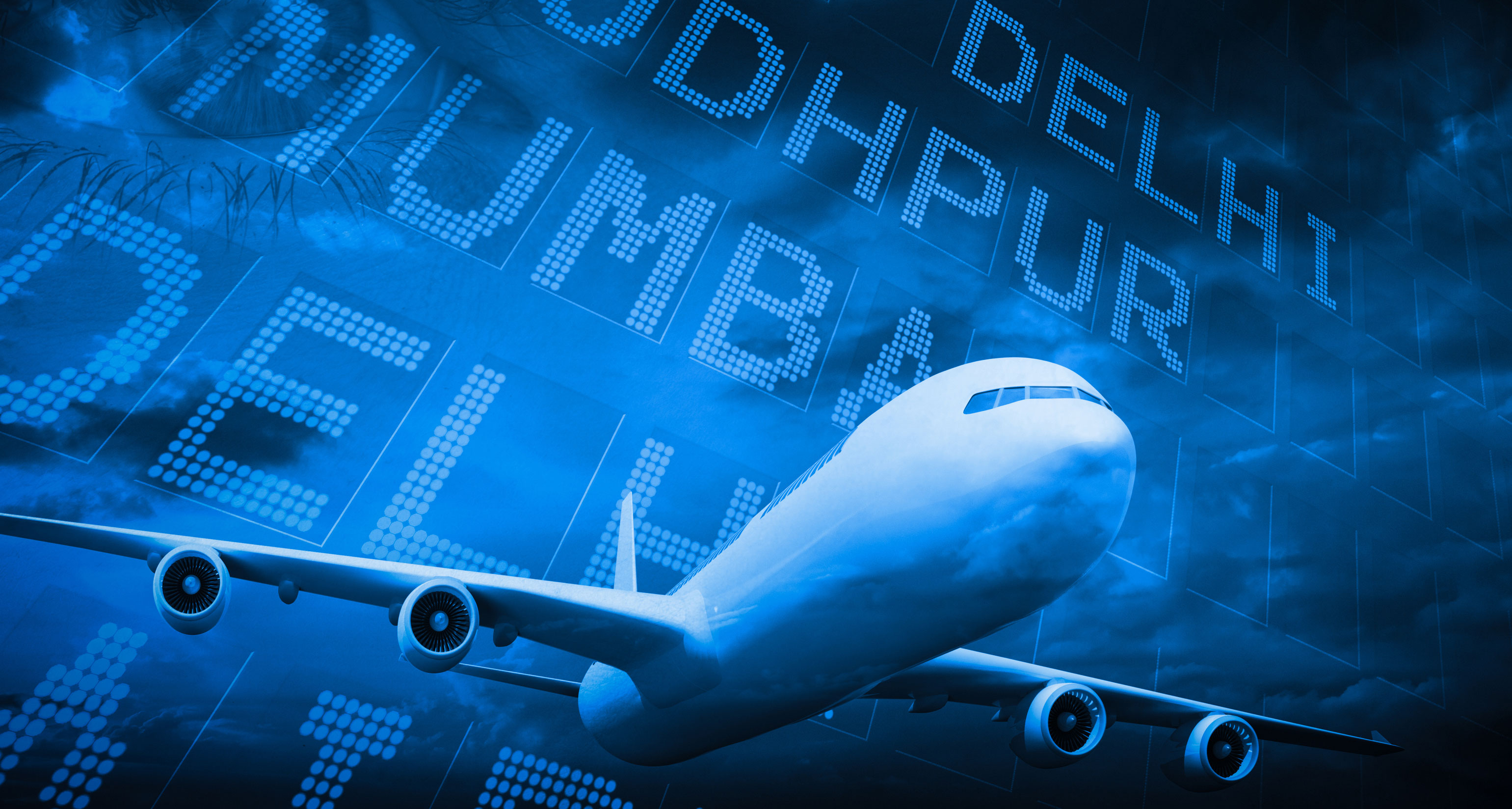A fall in cabin pressure inside an aircraft can have consequences much more severe than a nosebleed. It can cause a sudden loss of consciousness among the pilots, crew and passengers, turning the aircraft into a ghost plane.
At least two such ghost planes crashed in the past two decades — one in Europe and the other in America — killing all 127 people on board, including a PGA golfer.
On October 25, 1999, a chartered Learjet 35 took off from Orlando, Florida, for Dallas Love Field, Texas. Operated by SunJet Aviation, the flight had two pilots and four passengers, including PGA golfer Payne Stewart.
Fourteen minutes after departure — and six minutes, 20 seconds after the last radio transmission from the plane — the air traffic controller’s message was not acknowledged. The worries grew when the controller received no reply to his next five messages, sent over four-and-a-half minutes.
Pilots of other aircraft flying nearby — and an air force F-16 test pilot in western Florida who was directed to intercept the Learjet — made radio calls to the Learjet but received no reply. The Learjet continued to climb.
The F-16 pilot made a visual inspection but found no visible damage to the Learjet. Both engines were running. He could not see inside the passenger section because the windows seemed dark.
Three hours into the flight, two other F-16s from Oklahoma were directed to intercept the Learjet. The lead pilot reported he could not see any movement in the cockpit, and the windshield was dark.
As the Learjet reached a maximum altitude of 48,900 feet, two other F-16s from North Dakota joined in. All four fighters manoeuvred close to the Learjet. One reported he got two visuals and it looked like the cockpit window was iced over.
It was known the aircraft had a cabin pressure problem and the escort pilots knew it was a matter of time before the Learjet’s fuel got exhausted and it crashed.
About 10 minutes later, the Learjet’s engines could be heard winding down. A minute later, it began a right turn and descent. It crashed two minutes later, after a flight time of 3 hours, 54 minutes, hitting the ground at a nearly supersonic speed in South Dakota.
On August 14, 2005, Helios Airways Flight 522 was carrying 121 passengers and crew from Larnaca, Cyprus, to Athens.
When the Boeing 737 had arrived from London earlier that morning, the previous crew reported a frozen door seal and abnormal noises from the right service door. A ground engineer performed a pressurisation leak check and during this, set the system to “manual”.
But he forgot to reset it to “auto” on completion of the test. The crew overlooked the manual setting of the pressurisation system and ignored the warning signs as the aircraft climbed.
At an altitude of approximately 18,000 feet, the oxygen masks in the passenger cabin automatically deployed.
The aircraft continued to climb until it reached approximately 34,000 feet. Nicosia ATC tried to contact it several times, without success.
Two F-16 fighters were sent to establish visual contact. The pilots observed the co-pilot slumped motionless at the controls and the pilot’s seat vacant. Oxygen masks dangled in the passenger cabin.
The F-16 pilots could see flight attendant Andreas Prodromou enter the cockpit and sit in the captain’s seat. He had apparently remained conscious by using a portable oxygen cylinder.
He held a commercial pilot’s licence but his experience was insufficient. Prodromou waved at the F16s, but then the left engine failed followed by the right one. The plane crashed near Grammatiko, 40km from Athens.










